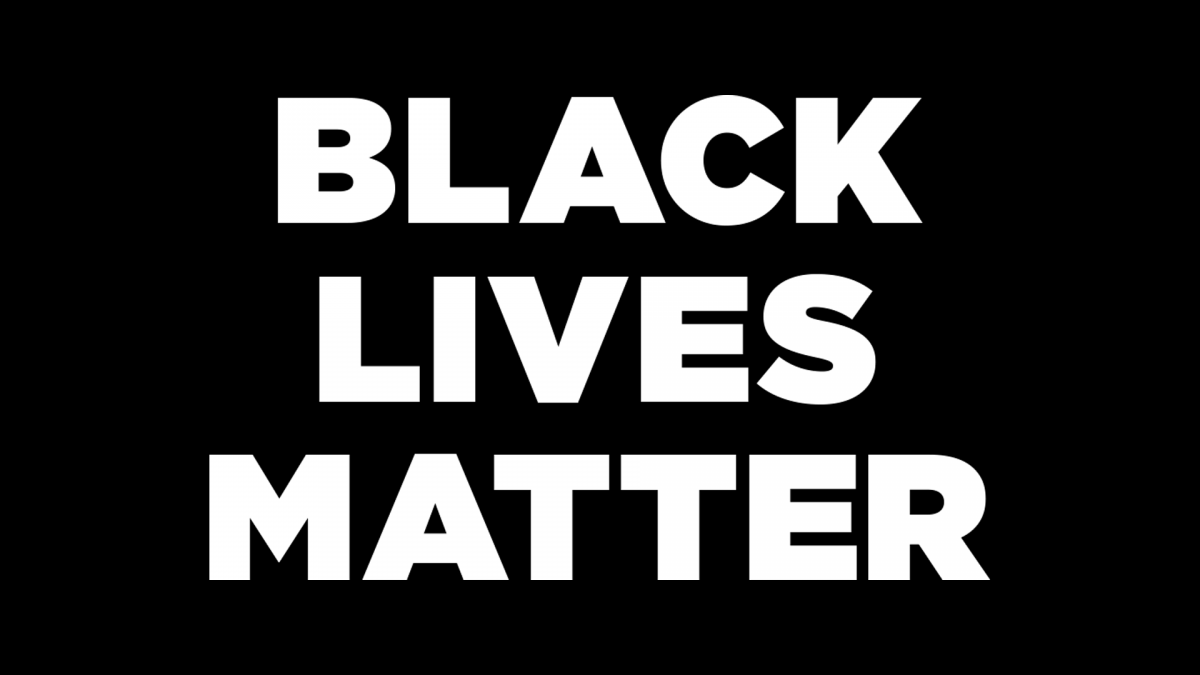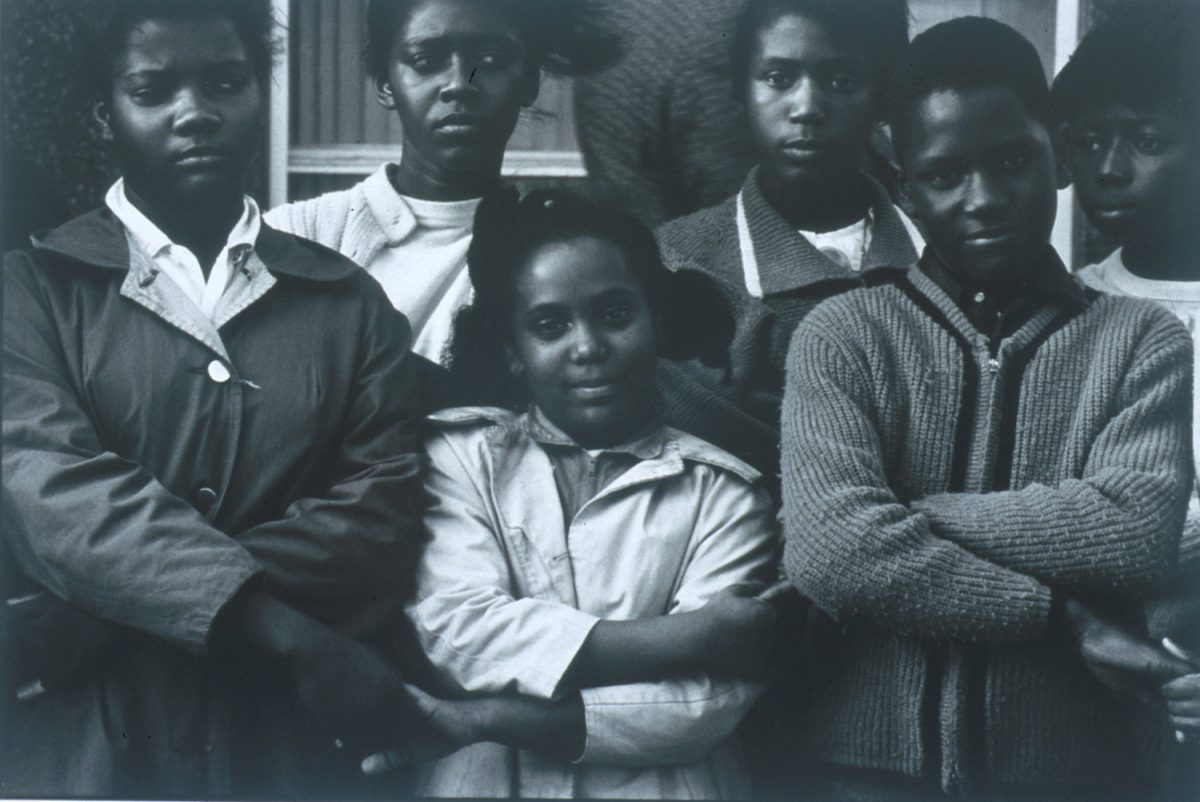A Message of Solidarity
The Seattle Art Museum believes that Black lives matter and stands in support of Black families, friends, colleagues, and communities across the country as they grieve and seek justice for the murders of George Floyd, Breonna Taylor, Ahmaud Arbery, and all victims of police brutality. We mourn the lives lost and, as we say their names, we recognize that we cannot be silent.
Systemic and institutional racism pervades every corner of American life, including cultural institutions such as the Seattle Art Museum. SAM recognizes the inequities faced by Black Americans, and we acknowledge the work that SAM must do and the impact of our work on our community. Since the 2000s, SAM’s Education & Community Engagement Committee has helped guide SAM’s programming and community partnerships. We will continue to listen to this inspiring group of advocates as we make changes to better lead by example within our arts community and city to create a country where Black people and other people of color are not oppressed.
In 2017, the museum’s Equity Team and leadership integrated an equity statement of the museum’s official values into SAM’s strategic plan, which guides all we do. It reads:
We are responsive to cultural communities and experiences, and we think critically about the role art plays in empowering social justice and structural change to promote equity in our society. We are dedicated to racial equity in all that we do.
We know that we can do more. We must begin by looking at ourselves and working to uncover the structural biases within our own organization.
Art is a crucial way of sharing unique perspectives, reminding us of the past, and envisioning future possibilities. Throughout history, art has been used for education, revolution, politics, propaganda, emotions, subversion, and sharing transformative experiences. SAM believes that art always contains a message and cannot be neutral. We rely on our collection, exhibitions, and the artists we work with to reflect our institutional values and we can, and will, take tangible actions to enact necessary change in our society.
We are committed to:
- Striving for racial equity in our exhibitions, educational programs, hiring practices, and all activities at the museum
- Sharing work by Black artists in our collection and in our communications. For the next week, we will not be promoting the museum on social media, in order to amplify the views of organizations, artists, activists, and individual Black voices
- Continuing to increase the acquisition and exhibition of more works by artists of color
- Featuring artwork by Black artists in the following exhibitions and installations in the next year:
John Akomfrah: Future History
Aaron Fowler: Into Existence
Jacob Lawrence: The American Struggle
Barbara Earl Thomas: The Geography of Innocence
Storied Objects
Lessons From the Institute of Empathy
There are many ways to show support and solidarity at this moment. As a part of the Seattle art community, SAM would like to encourage you to support local Black-led arts organizations through donations and engagement. This list is by no means comprehensive and we encourage you to add to it in the comments.

